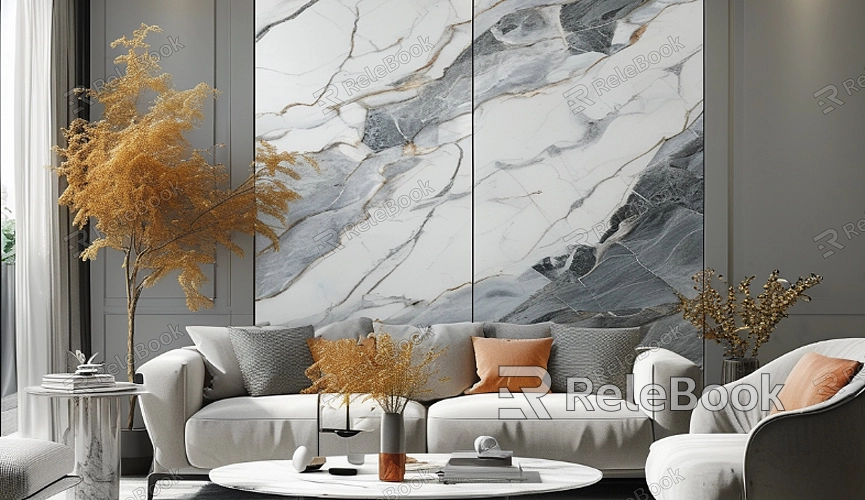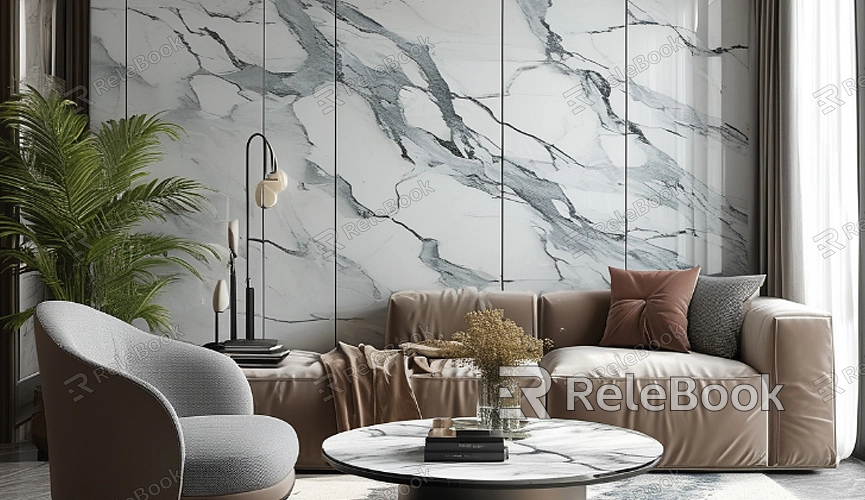How to Combine Textures and UV Mapping in Blender?
Blender, being a powerful open-source 3D software, offers various methods to combine textures and UV maps. Mastering this technique not only makes your workflow more efficient but also elevates the final output. This article will walk you through how to combine textures and UV mapping in Blender, from basic concepts to step-by-step instructions, helping you understand and master this skill.

Understanding Textures and UV Mapping
Before diving into the process, it’s important to first understand what textures and UV mapping are and how they function in 3D modeling.
Textures are images or patterns used to add detail to the surface of a 3D model. Textures can include color, brightness, transparency, and even surface features like roughness and bump. A texture image is fundamentally a 2D file, while a 3D model has a 3D surface, which means a method is required to map the 2D texture onto the 3D model’s surface.
UV Mapping is the method of applying a 2D texture image onto a 3D model. UV mapping involves unwrapping the 3D surface into a flat, 2D plane, like unfolding a box into a flat piece of paper. The 2D texture is then placed onto this flattened surface so that each part of the texture aligns with the corresponding areas of the 3D model.

Unwrapping UVs in Blender
In order to apply a texture correctly to a 3D model, the first step is to “unwrap” the model's UVs. This process creates a 2D map of the model's surface, allowing you to apply textures in the right places. Blender provides several unwrapping tools to make this process more efficient.
1. Selecting the Model and Entering Edit Mode
First, select the model you want to unwrap. Press the Tab key to enter Edit Mode. Once in Edit Mode, you can select all faces by pressing A, or select specific faces depending on your needs.
2. Using the Smart UV Project Tool
Blender provides automatic UV unwrapping options, and the simplest one is the Smart UV Project tool. This tool automatically unwraps the model based on its geometry, which works well for simpler models.
- With the model selected, press U to open the UV Unwrap menu.
- In the menu, choose Smart UV Project.
- A dialog box will appear where you can adjust parameters like angle threshold and island size. Click OK to confirm.
This method is great for basic models, but for more complex models, you may need to take a more manual approach.
3. Manual UV Unwrapping
For more complex models, automatic unwrapping may not give satisfactory results. In such cases, manual unwrapping is necessary.
- Select the model and enter Edit Mode.
- Choose the faces you want to unwrap, then press U to open the UV Unwrap menu.
- Choose Unwrap, and Blender will automatically unfold the model based on its topology.
- In the UV Editor window, you can see the unwrapped UV map and manually adjust the UV islands to optimize the unwrap.
Manual unwrapping is ideal for models with complex shapes, as it ensures textures are applied seamlessly without distortion.
Creating and Importing Textures
Once you've unwrapped the UVs, the next step is to create or import the texture that you’ll apply to the model. Blender supports a variety of texture types, including image textures, procedural textures, and noise textures. The most common in most workflows is using image-based textures.
1. Creating Textures
Blender has built-in texture painting tools that allow you to paint textures directly onto the model. This method is quick and effective for creating details on the model’s surface.
- Switch to Texture Paint mode.
- In the toolbar, choose your brush, color, and other tools to begin painting the texture directly onto the model.
This approach is ideal if you want to hand-paint custom details, such as skin textures or fabric patterns.
2. Importing Existing Textures
If you already have an image texture, you can import it into Blender and apply it to the model.
- Go to the Shading workspace and select the model, then add a material.
- In the Material Properties panel, find the Base Color option, click the small circle icon, and choose Image Texture.
- Click Open, then select the image texture file you want to import.
At this point, the texture is loaded into the material. You will now need to ensure that the texture aligns correctly with the unwrapped UV map.
Combining Textures and UV Mapping
With the texture imported, you now need to combine it with the UV map so that it displays correctly on the 3D model. This process is generally done through Blender’s material nodes. Blender’s node-based system is very powerful, allowing you to control how textures are applied in a precise manner.
1. Opening the Shader Editor
Switch to the Shading workspace, where you’ll see the node network for the material applied to the model. Select the material you want to edit, then add an Image Texture node.
2. Connecting the Nodes
- Connect the Image Texture node’s output to the Base Color input of the material shader so that the texture is applied to the material’s base color.
- Add a UV Map node and connect its output to the vector input of the Image Texture node. This ensures that the UV unwrap controls how the texture is mapped onto the model.
Now, the texture should be applied to the model based on the UV map you created earlier.
3. Adjusting the Texture and UV Mapping
Once the basic connections are made, you may need to tweak the texture’s scaling, rotation, and offset to get it just right. These adjustments can be made using the Mapping node.
- Add a Mapping node and place it between the UV Map node and the Image Texture node.
- Adjust the settings on the Mapping node to scale, rotate, or translate the texture so that it fits perfectly on the model.
This step allows you to fine-tune the placement of the texture on the model, ensuring the best visual result.
Rendering and Previewing the Result
After completing the UV unwrapping and texture mapping, switch to the Render workspace and select your preferred rendering engine (either Eevee or Cycles). Click the render button to preview the final result. If everything has been done correctly, you should see your model with the texture properly applied.
By properly unwrapping UVs and mapping textures, you can add intricate detail and realism to your models. This article has covered the process from unwrapping to texture application and combining them effectively using Blender’s node-based system. With this knowledge, you can start applying textures to your models with greater precision and creativity. If you’re looking to expand your library of 3D models and textures, don’t forget to visit the Relebook website, where you can download a wide range of high-quality 3D assets and textures to enhance your projects.
FAQ
What if the texture doesn’t display correctly after unwrapping?
This could be due to issues like stretching or overlapping in the UV map. You can try adjusting the UV layout to prevent stretching and optimize the use of space. Also, check if the correct UV map has been applied to the model.
How can I avoid texture stretching?
Ensure that the UVs are unwrapped in a way that gives each part of the model enough space. For complex shapes, consider manually adjusting the UV islands to avoid squeezing multiple faces into the same area. Proper seam placement can also reduce stretching.
Can I apply multiple textures to one model?
Yes, you can apply multiple textures to the same model by using different material slots and Image Texture nodes. You can even use different UV unwrapping methods for each texture, allowing for more complex and layered materials.

